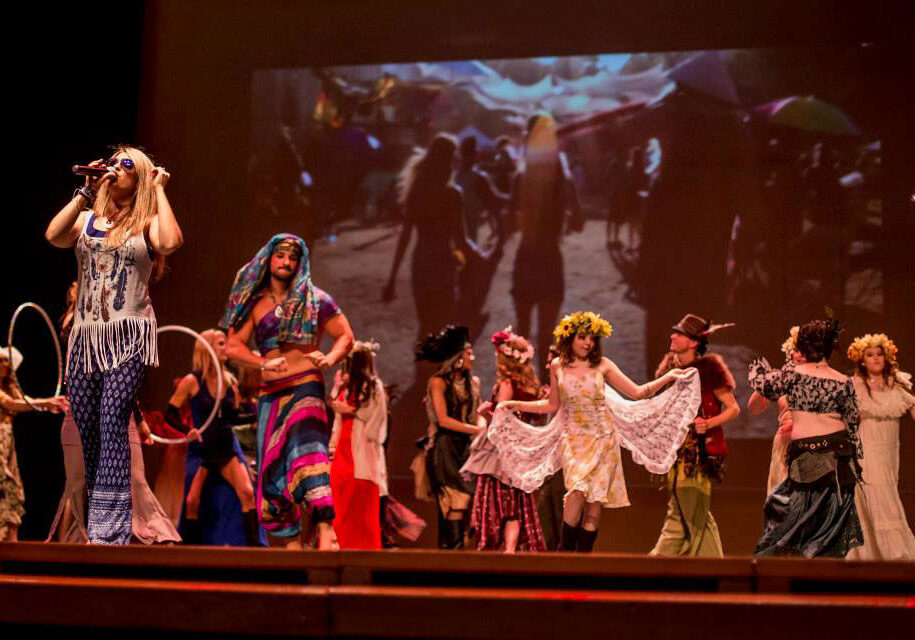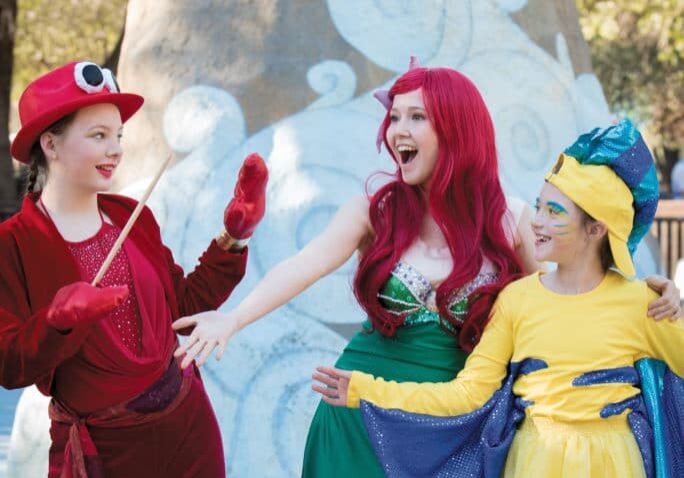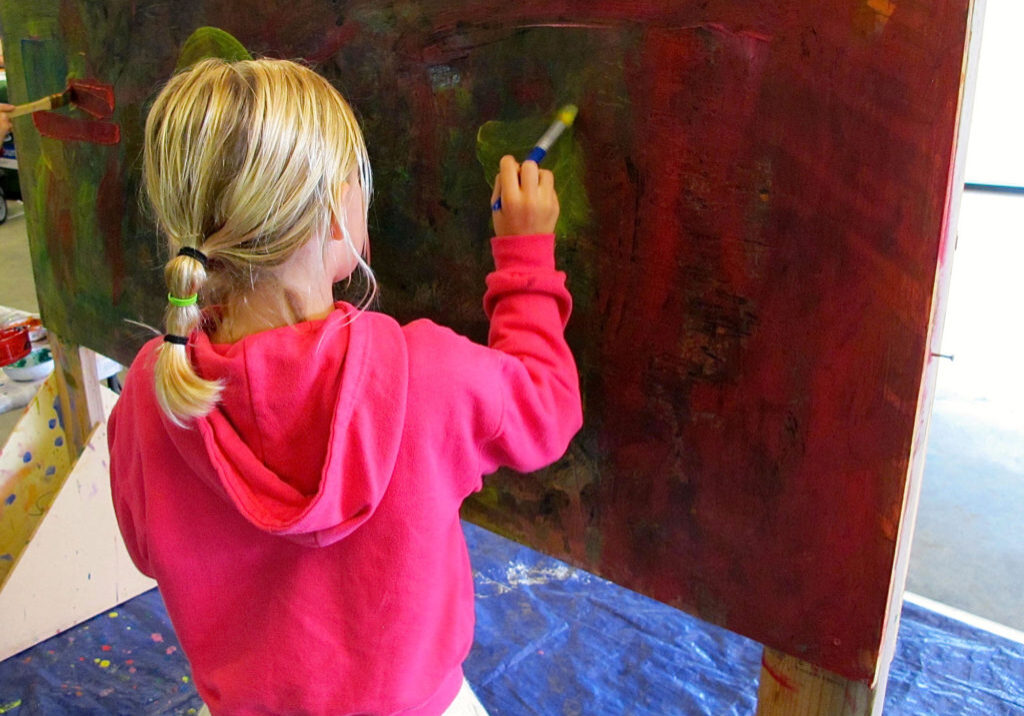What is art? What makes art such an important part of the human experience? Is art appreciation something that comes naturally, or must it be taught and encouraged?
Art is human expression. It enriches the human experience. And you can guide your child into this world of creative perceptibility. You can teach an appreciation of the arts.
Art allows children to express a thought or a feeling. Appreciating all forms and kinds of art and artwork can teach diversity to children and help them appreciate how things are different and what makes them similar. Art is a way to make the imagination tangible, tactile, visual and aural. When we say, “capture the imagination,” that’s what art is. Through appreciating art, we teach our children that a thought or a feeling is translatable into words, a picture, a sculpture, music or movement. We can teach our child that nature and natural occurrences are worthy of notice, that humankind, past, present and future, is the basis for understanding who we are in the here and now.
Acquainting your child with the arts or involving your children in art-based education doesn’t have to be an exclusive activity or involve an expensive class. Many museums and events offer free or low-cost access to the fine arts or fine art expression.
Technology is part of art education, but experiencing art that isn’t part of a “screen” can slow down the world for you and your child. You want to spend time looking deeply, thinking deeply, interacting and listening carefully. The visual thinking method works well with children of all ages. Ask them, “What’s going on in this artwork? What do you see that makes you say that? What more can we find?”
In the North State, we have easy access to fine art and applied art in each of our cities and towns. Use public art installation as a free lesson in the arts!
Driving into Yreka on I-5, point out the metal cow, Moo-Donna, and her calf along the side of the freeway. If you keep going north, you will also spy Priscilla, the dragon queen of the Sierras. Both pieces are by artist Ralph Starritt. These are whimsical art installations and can encourage a conversation about the purpose of public art.
In Redding, take note of the median on Highway 44 on the way to the Sundial Bridge—metal salmon leaping gloriously “upstream” and the eagles waiting for their meals of sculpted fish while the turtles sun on a rock. Discuss the 2D and 3D techniques used by sculptor Martin Streeby to create his menagerie. Then visit the Sundial Bridge for a lovely walk while you talk about the applied art of architecture. Pop over to Caldwell Park and pay a visit to “the father of Redding.” This bronze statue sits on a park bench gazing at the Sacramento River. Life-size bronzes are a common sight in most towns, and this one is up close and personal. You can talk about how the sculptor created the clothing and hair and facial features of the statue.
Downtown Chico offers a generous amount of public art. Children love to stand beneath Donna Billick’s “Our Hands” sculpture. Discuss the mosaiced images.
In Oroville, take your family to see the Ishi mural while you picnic in Centennial Park. This painting will encourage a history lesson and an admiration for large painted artwork.
Art doesn’t belong to one group of people; art belongs to everyone. It is part of being human. It is your birthright and your child’s birthright. Art is the language of the human imagination. In the same way that we teach our children language, we can teach the arts. Use the North State Parent Going Places calendar and resource guide to begin your family’s journey into art appreciation.
Posted in: Art & Music
Comment Policy: All viewpoints are welcome, but comments should remain relevant. Personal attacks, profanity, and aggressive behavior are not allowed. No spam, advertising, or promoting of products/services. Please, only use your real name and limit the amount of links submitted in your comment.
You Might Also Like...

Paradise Dancefest – Circus de Paradise
This December 11th, Positive-I studio hosts their third Paradise Dancefest at the Paradise Performing Arts Center, featuring the exciting theme, “Circus de Paradise.” Geared for all ages, the show’s eclectic […]

Boost Your Child’s Brain Power with Creative Arts
In a highly competitive world that places a significant premium on easily measured achievements, creative arts are sometimes considered expendable. Yet, experts stress that the arts are just as beneficial […]

2014 June Musical Contest Winner: Adele Duval
North State Parent and The Music Connection of Chico and Redding congratulate Adele Duval of Redding, winner of our 3rd annual teen music essay contest and $400 gift certificate from […]
The Hills are Alive with the Sound of Music: Chico Community Choirs to Perform in Salzburg, Vienna and Prague this Summer
Some of Chico’s best vocalists are heading for the hills – the Alps, that is – on an 11-day tour of Prague, Salzburg and Vienna this summer that will include […]

